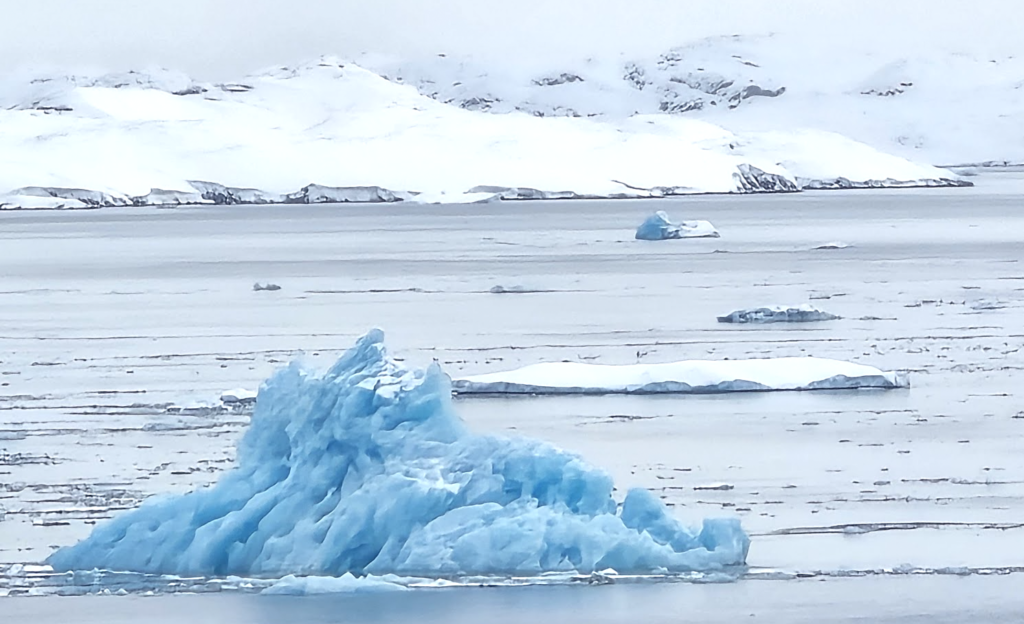
As I look out over the bay from my hotel window in Nuuk, the stark contrast between Greenland’s pristine nature and our increasingly turbulent digital world feels particularly poignant. I’ve just finished delivering my lecture on “Digital Resilience” at the “Cool, Calm and Connected – Digital Arctic Futures” conference, and I wanted to share some reflections while the experience is still fresh in my mind.
The conference hall at Hotel Hans Egede was filled with an engaged audience from across the Arctic region – government officials, telecom experts, academics, and civil society, all gathered to discuss the future of digital infrastructure in these northern territories. What makes this conversation so vital here in Nuuk is that the Arctic isn’t merely another region facing digital challenges. It represents a unique convergence of geopolitical tension, extreme environmental conditions, and communities deeply dependent on reliable connectivity.
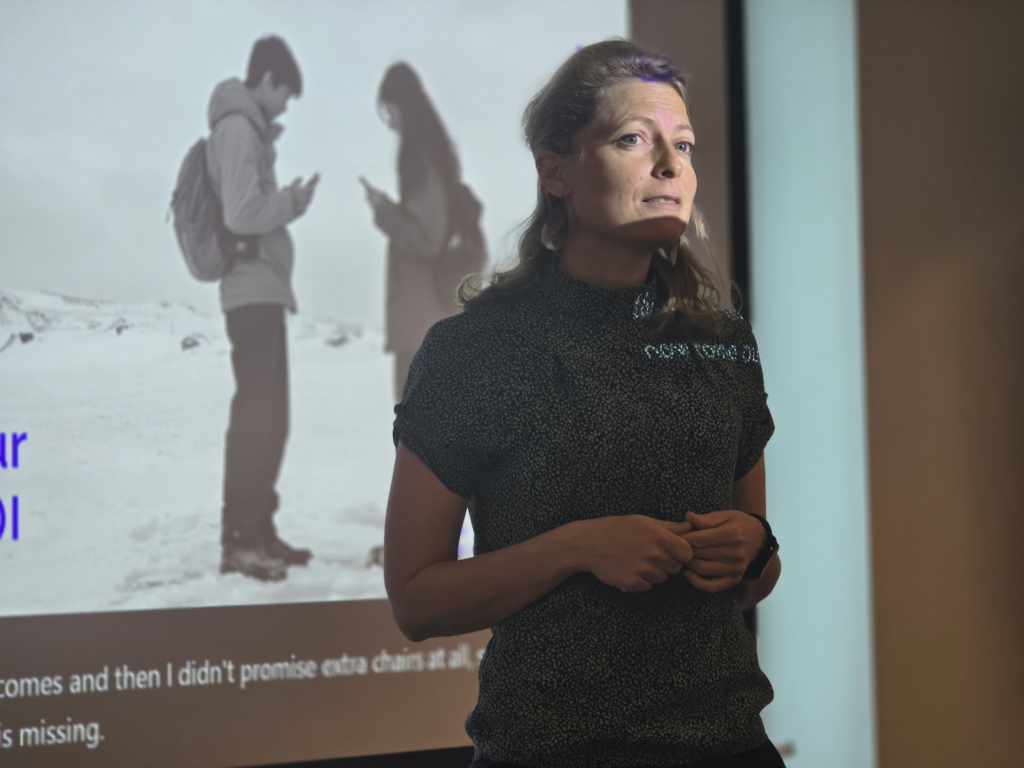
In my presentation, I built upon ideas I explored in a recent article I wrote for the magazine Forskning och Framsteg, about digital resilience and sovereignty in turbulent times. In my lecture, I emphasized how the geopolitical landscape has shifted dramatically, particularly after President Trump’s return to power. Europe and the Arctic face a fundamental challenge. Our digital sovereignty is severely threatened by our dependence on foreign digital services and infrastructure. The reality is stark. From undersea cables to cloud services, from operating systems to social media platforms, and now to AI development, our digital dependencies run deep. Around 70% of Europe’s cloud service market is controlled by American tech giants. Less than 10% of influential AI models come from European institutions. The statistics paint a troubling picture of dependency at every layer of the digital stack.
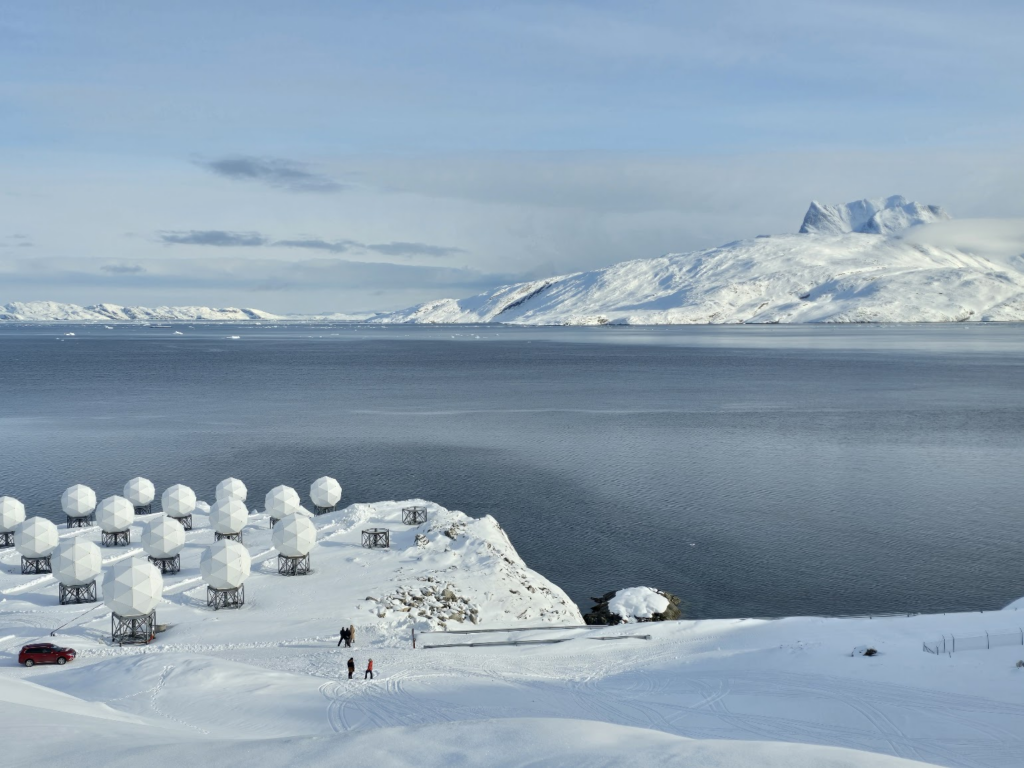
What makes this dependency particularly concerning is the changing nature of international relations. The long-standing transatlantic partnership that has existed since the Bretton Woods Accords can no longer be taken for granted. As I explained to the audience, Trump’s presidency represents an abrupt wake-up call for leaders in both Europe and the Arctic. The United States, under its current administration, cannot be viewed as the stable, like-minded partner it once was. This is especially relevant here in Greenland, where the geopolitical stakes are increasingly high. As we gather in Nuuk, the discussions on the coming visit of Vice President JD Vance to Pituffik in the north of Greenland are tense. I reminded the audience of Trump’s explicit desire to annex Greenland, a statement that has strained relationships between the US, Greenland, and Denmark. This wasn’t merely an offhand comment but a reflection of changing power dynamics that directly impact the Arctic.
The conference’s setting in Nuuk gives these discussions added weight. Looking around the room, I could see representatives from Tusass, Greenland’s telecom provider, alongside figures from Føroya Tele and various other Arctic stakeholders. These are the people working at the frontlines of digital infrastructure in some of the world’s most challenging environments. They understand firsthand what happens when connectivity fails, when the subsea cables were damaged in South and North Greenland, or when cyberattacks forced the Greenlandic central administration to shut down. I shared with them my definition of digital resilience. The ability to withstand and recover from digital disruptions while maintaining the structural integrity and function of a system. This isn’t just about the technical components, it encompasses organizational and individual aspects as well. For resilience, we need redundant systems, diversity of technologies and suppliers, and control over critical systems to act independently when conditions change.

During the Q&A session, a participant asked about practical steps forward. This is where the conversation became particularly energetic. I outlined several approaches. Securing digital infrastructure “from the seabed to the cloud,” expanding regional cables within Europe and the Arctic, increasing investments in space technology to counterbalance the dominance of companies like SpaceX, developing European digital services, and investing in open source initiatives. My emphasis on developing public digital spaces built on open protocols and software resonated deeply with the Arctic audience. In small, remote communities throughout Greenland, the risk of digital colonization is particularly acute. When platforms owned by distant tech giants become the primary venues for civic discourse, communities lose something fundamental in terms of democratic agency. Moreover, Greenland’s public discourse currently depends heavily on external digital infrastructure, creating a significant vulnerability. Building local, decentralized digital public infrastructure wouldn’t just restore community ownership—it would substantially improve digital resilience across the region, ensuring that democratic conversations can continue even when connections to the outside world are compromised.
During I got to speak with Hans Henrik Grabe from the Greenland Telecom Authority. He shared his unique challenges in maintaining connectivity across Greenland’s vast territory, where communities are separated by immense distances and harsh weather conditions. What struck me was how the abstract concepts of digital sovereignty become concrete realities in the Arctic context. When a digital service fails here, it’s not merely an inconvenience, it can become a matter of survival. As I listened to other speakers, I was struck by how my concerns about weakening transatlantic relations were echoed by others. Conversations about geopolitical threats in the Arctic where a common theme in conversations, and its clear from the conversations and the geopolitical context that the region has become increasingly contested. The reality of great power competition is not theoretical here. It shapes decisions about where to lay cables, which technology providers to trust, and how to secure critical infrastructure.
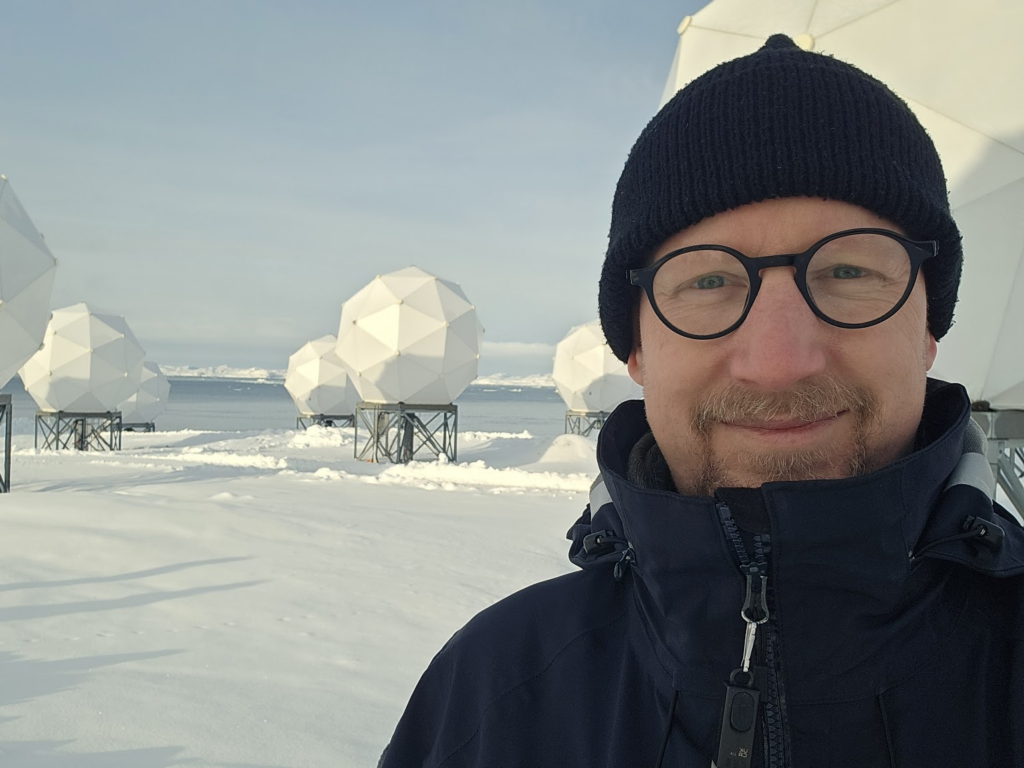
What I find particularly troubling is how technology companies have become powerful actors, operating almost like nation-states. Elon Musk’s influence through SpaceX was a topic of significant discussion, especially considering his close ties to the Trump administration. When the owner of critical satellite infrastructure is aligned with a specific political agenda, what does this mean for regions dependent on that technology? The conference has reinforced my belief that those who own, shape, and understand our data, and those who design our digital services, they shape our digital society. And in today’s world, our digital society is essentially our society. This is why establishing European alternatives is not merely an economic or technical project but a fundamental requirement for maintaining democratic values and sovereignty.
As I look back to yesterdays conference, I’m reminded of why conversations about digital infrastructure matter so deeply. In these Arctic communities, the internet isn’t just a convenience, but a lifeline connecting remote populations to essential services, education, healthcare, and each other. The stakes of digital resilience could not be higher. What gives me hope is the level of awareness and commitment I’ve witnessed today. From policy makers to technical experts, there’s a growing recognition that Europe and the Arctic must take control of their digital destiny. The projects and initiatives being discussed, from expanding regional cables to developing European cloud alternatives, represent concrete steps toward greater resilience. Here Greenland holds a special place, as a microcosm of a society with a high degree of complexity and grave needs.
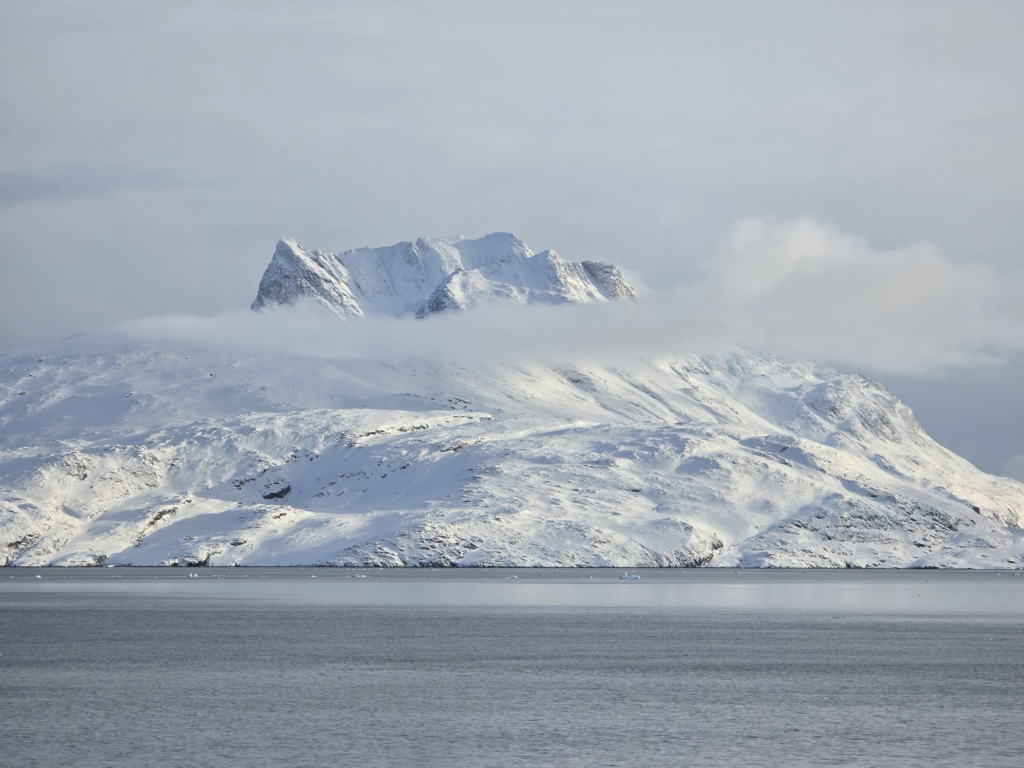
As we face increasingly turbulent geopolitical times, with shifting alliances and growing tensions, digital resilience becomes not just a technical necessity but a prerequisite for democratic governance and sovereignty. The path forward will require substantial investments, strong political will, and international collaboration among democratic states. But the conversations happening here in Nuuk suggest that we’re beginning to take this challenge seriously. I’ll close these reflections with the thought that seemed to resonate most strongly with today’s audience. In a time of profound uncertainty, when countries in the European and Arctic contexts face unprecedented challenges, we must step up our efforts to create digital systems that serve our democratic values and preserve our ability to act independently. The time for action is now – our digital sovereignty depends on it.
Leave a Reply